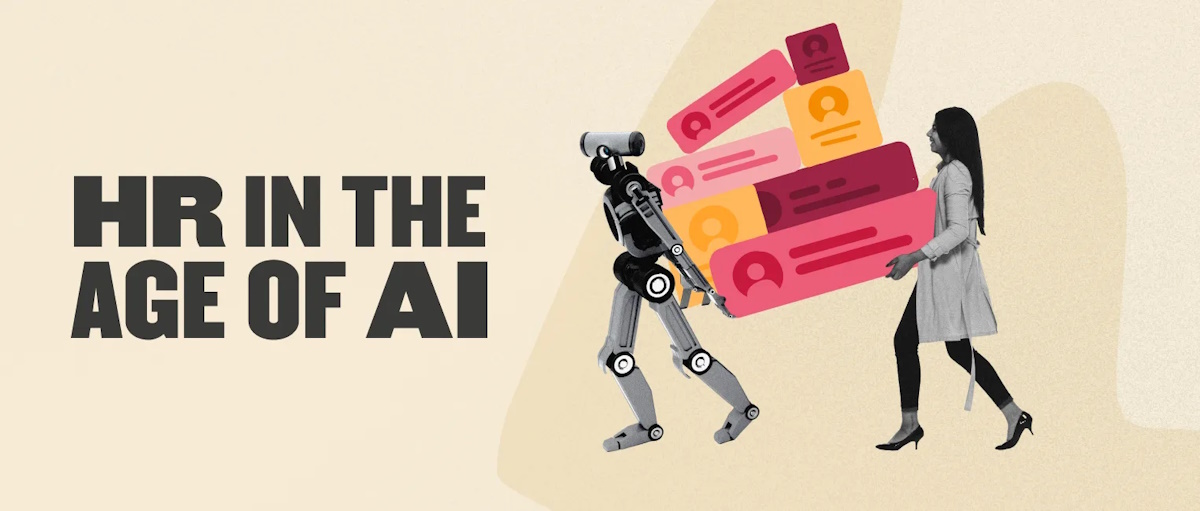The U.S. federal government has issued new guidance for federal contractors on the use of artificial intelligence (AI) in hiring processes. This article examines the implications of the guidance and its impact on hiring practices in the public sector.
The Need for AI Guidance
As AI becomes increasingly integrated into hiring processes, there is a growing need for clear guidelines to ensure its ethical and fair use. AI technologies can streamline hiring, but they also pose risks of bias and discrimination if not properly managed.
Key Concerns:
- Bias and Discrimination: AI algorithms can inadvertently perpetuate biases present in historical hiring data, leading to discriminatory practices.
- Transparency: The lack of transparency in AI decision-making processes can make it difficult to identify and address potential biases.
- Accountability: Ensuring accountability in AI-driven hiring decisions is crucial to maintain fairness and trust.
New Guidance for Federal Contractors
The new guidance issued by the U.S. federal government aims to address these concerns and provide a framework for the ethical use of AI in hiring by federal contractors.
Key Components of the Guidance:
- Bias Mitigation: Contractors are required to implement measures to identify and mitigate biases in AI algorithms used for hiring.
- Transparency Requirements: The guidance mandates transparency in AI decision-making processes, including clear documentation and explanation of how AI tools are used in hiring.
- Regular Audits: Contractors must conduct regular audits of their AI systems to ensure compliance with ethical standards and regulatory requirements.
Impact on Hiring Practices
The guidance is expected to have a significant impact on hiring practices in the public sector, promoting fairness and accountability in the use of AI technologies.
Enhanced Fairness:
- Bias Detection: Regular audits and bias mitigation measures will help detect and address biases in AI-driven hiring processes.
- Equal Opportunity: The guidance promotes equal opportunity by ensuring AI tools do not disproportionately disadvantage certain groups.
Increased Transparency:
- Documentation: Contractors will need to maintain clear documentation of AI decision-making processes, enhancing transparency and accountability.
- Applicant Awareness: Increased transparency allows applicants to understand how AI tools are used in hiring and how decisions are made.
Operational Efficiency:
- Streamlined Processes: AI technologies can streamline hiring processes, reducing time and resource requirements for federal contractors.
- Improved Decision-Making: The use of AI can enhance decision-making by providing data-driven insights and reducing human biases.
Challenges and Opportunities
While the guidance provides a framework for ethical AI use in hiring, federal contractors may face challenges in implementation and compliance.
Challenges:
- Resource Requirements: Implementing bias mitigation measures and conducting regular audits may require significant resources and expertise.
- Technical Complexity: Ensuring transparency and accountability in AI systems can be technically complex and time-consuming.
Opportunities:
- Innovation: The guidance encourages the development and adoption of innovative AI solutions that promote fairness and transparency.
- Reputation: Federal contractors that comply with the guidance can enhance their reputation for ethical hiring practices and gain a competitive edge.
Conclusion
The new guidance for federal contractors on the use of AI in hiring represents a significant step towards ensuring fairness and accountability in the public sector. By addressing key concerns such as bias and transparency, the guidance promotes ethical AI use and enhances the efficiency of hiring processes. Federal contractors that embrace these guidelines can drive innovation and build trust in their hiring practices.
Source of the news: Federal News Network

















Got a Questions?
Find us on Socials or Contact us and we’ll get back to you as soon as possible.